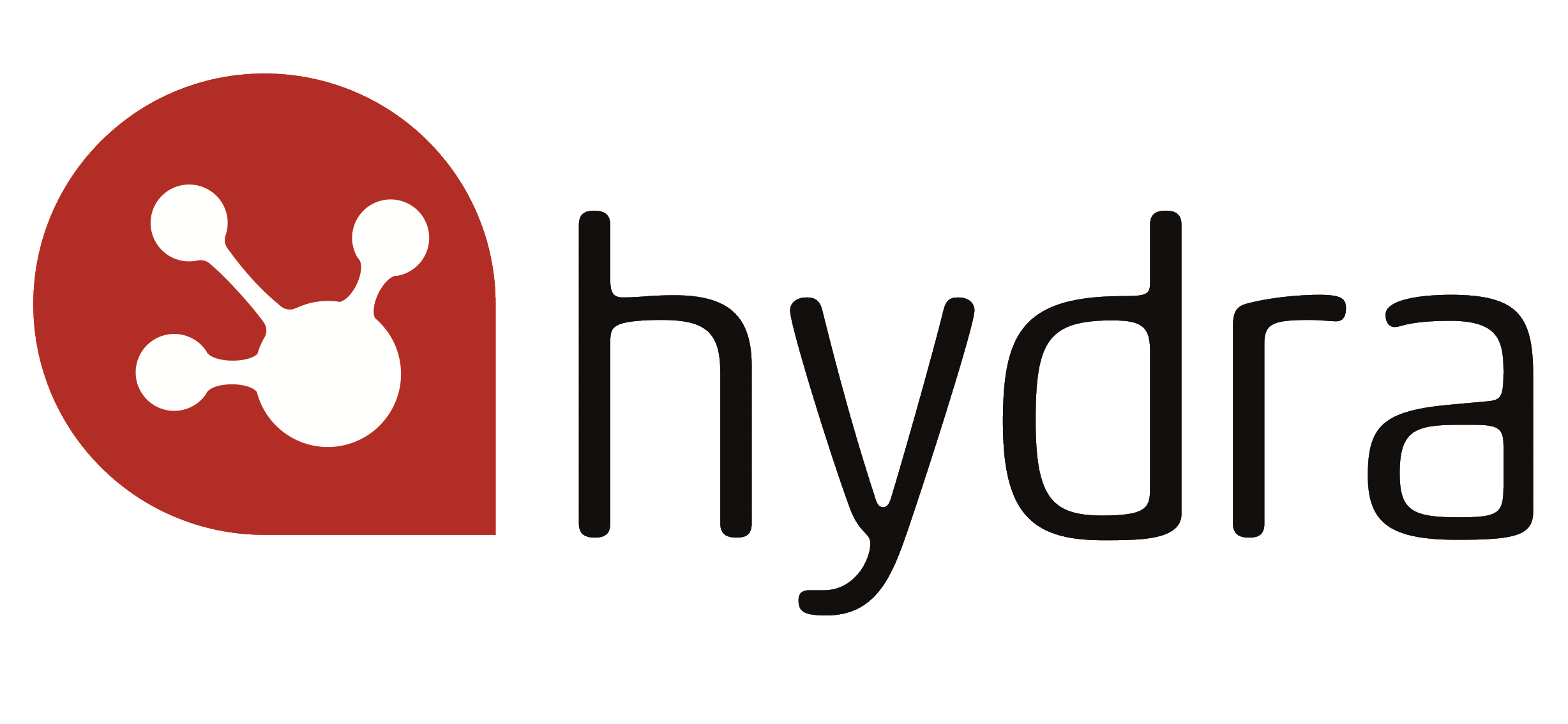Increasing the speed of project delivery: go slower to go faster! By Ian Clarkson.
Mr Gibson. Mrs Watson. Mr Gibson was my fourth and fifth year form tutor (in the days before it became year 10 and year 11), and the first teacher that inspired me. Mrs Watson was my GCSE English teacher and first gave me my love of writing.
'Everyone remembers the people that inspired them.'
Richard Wilson was another inspiration of mine. Richard was a client of mine, and I first met him in 2012. I worked with him for a few months and I learned so much from him in this short space of time, and I still use his guidance to this day. It was the 9 July 2012 and I was in Richard’s office in Wales, and it was just before the start of the training I was doing for him. We were talking about the importance of spending the time to properly set-up a project and how this was a key message to get across in the training - and Richard said to me
“projects fail at the beginning, not at the end”.
Set yourself up for success
I use this with every organisation I work with – because, for me, it is a universal truth. If we don’t set the project up well we are not giving ourselves a chance to be successful. Or even worse, we may not even know we are setting ourselves up for failure. Ignorance is not bliss! Projects can be set-up to succeed or they can be set-up to fail. I recently engaged in a LinkedIn conversation with Dr. Andreas Trautner and I put a comment in the chat that ended up in his book The Six[1]: “When faced with pre-imposed (and often random) deadlines there is a rush to get started – and proper planning and preparation is the loser”. Projects fail at the beginning – not at the end.
Did you read the title of this article and think is that right? Isn’t it the other way round? In truth – yes. This proverbial saying is attributed to the English writer John Heywood (1497 - c.1580):
“The more haste the lesse spede”
Go slower to go faster!
And this is what I am advocating for increasing speed of project delivery. Go slower to go faster! Invest the time setting up and planning the project properly and it will pay you dividends on your project delivery. Even when faced with pre-imposed and random deadlines, you still need to plan properly to know if it is possible to deliver in the timescales. Less haste, more speed.
Invest the time setting up and planning the project properly

Yet ‘go slower to go faster’ could also cause cognitive dissonance (a term first introduced by the American social psychologist Leon Festinger[2]). We know we need to plan properly - which takes time – yet taking this time and ‘going slower’ feels contradictory to progress. As a result, we have mental discomfort and we engage in actions to minimise or resolve this inconsistency – in other words, the planning cycle is cut short in the desire to get going and deliver something. More haste less speed. The brilliant article You May Hate Planning, But You Should Do It Anyway by Elizabeth Grace Saunders talks about “planning will trigger pain — at least initially. If you have very weak planning patterns in your brain, you will literally feel pain when you begin to plan”. No wonder there is a desire to bypass planning!
That is not to say you should ‘let the pendulum swing too far the other way’ and spend too much time planning. To increase the time to project delivery you need to strike the right balance between ‘slow’ and ‘fast’ – between ‘planning’ and ‘doing’. Using a process – such as PRINCE2 or Agile Project Management or your own method – is a great help as it provides guidance on what to do at each step of the lifecycle. I have worked with many organisations who have blamed their project management process for slowing down their project delivery, which (in their view) resulted in not meeting their project deadlines. Excuses like “it was too bureaucratic” or “it didn’t fit our organisation/culture” always surface – yet these are never an excuse. The process is not the issue – the issue is how the process is used.
In my previous blog I quoted one of my often-used clichés:
“A project is a journey, not a destination”
and to increase the time to project delivery treat your project this way. Spend time (although not too much) planning the project well and it will increase your speed of project delivery. Elizabeth Grace Saunders sums it up nicely when she says:
"Things tend to go better when you plan”.
Further reading:
How efficient is your project delivery?
6 steps to successful project planning in an uncertain world
About the author
.jpg?width=97&name=Ian%20Clarkson%2021%20Aug%202017%20(3).jpg) Dr Ian Clarkson is the Project and Programme Management (PPM) Practice Director at QA Ltd providing strategy, leadership and direction for QA’s PPM portfolio. He is a highly experienced consultant, author, trainer, and speaker with over 20 years’ experience in project management, organisational change, and learning – working with some of the world’s largest organisations in all sectors. He has contributed to many books on the subject and also written articles for leading magazines. Ian is passionate about helping organisations improve project delivery and encouraging the next generation of project management professionals. If you would like to learn more please visit his blog page or connect with him on LinkedIn.
Dr Ian Clarkson is the Project and Programme Management (PPM) Practice Director at QA Ltd providing strategy, leadership and direction for QA’s PPM portfolio. He is a highly experienced consultant, author, trainer, and speaker with over 20 years’ experience in project management, organisational change, and learning – working with some of the world’s largest organisations in all sectors. He has contributed to many books on the subject and also written articles for leading magazines. Ian is passionate about helping organisations improve project delivery and encouraging the next generation of project management professionals. If you would like to learn more please visit his blog page or connect with him on LinkedIn.
References:
[1] Trautner, A (2020). The Six – why so many projects fail and how to succeed.
ISBN: 978-87-972490-0-0 [2] Festinger, Leon (1957). A Theory of Cognitive Dissonance.
Stanford University Press, 978-0804709118

